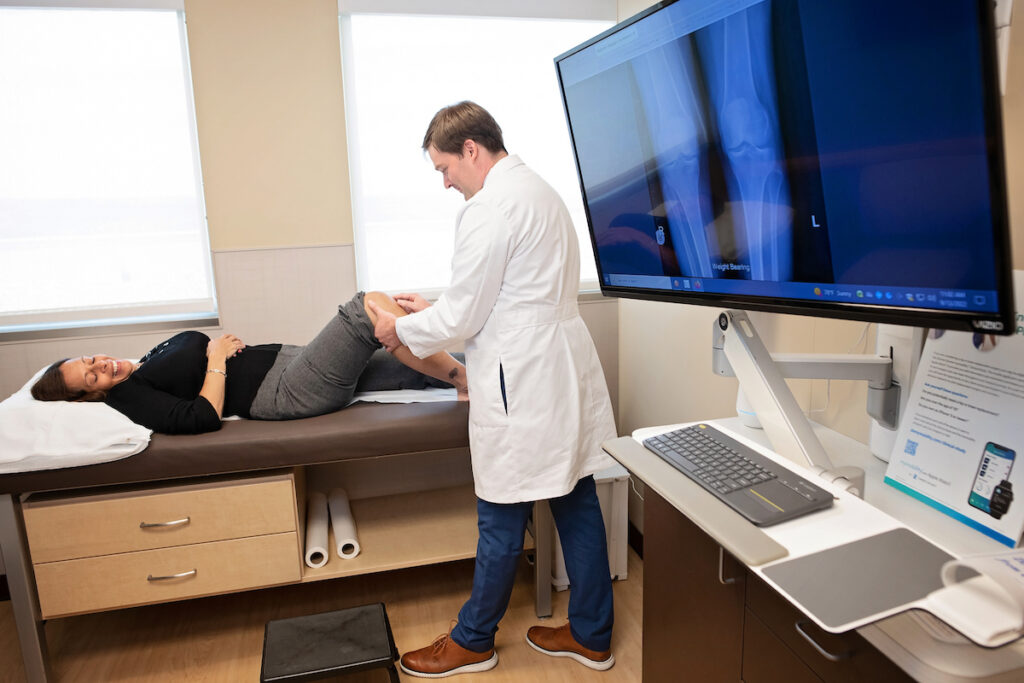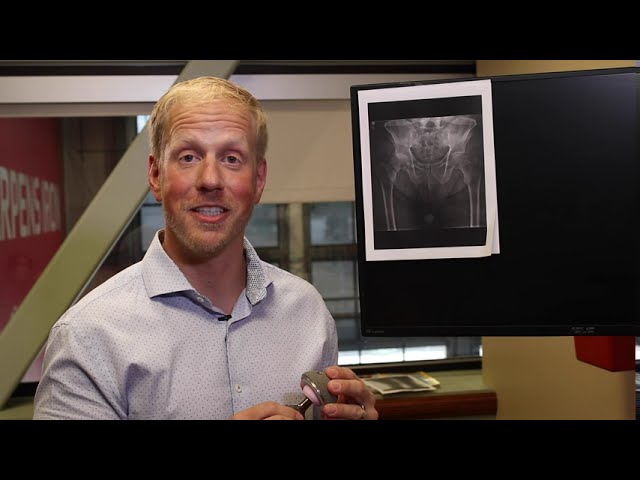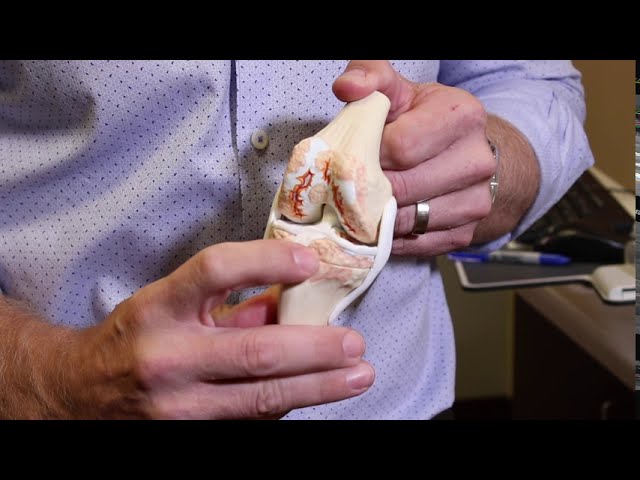Regain Mobility, Independence, and Quality of Life
The joint replacement team at Panorama Orthopedics & Spine Center works diligently to help patients regain or maintain their independence and improve their quality of life. We treat a range of patients, including those experiencing disability and pain from arthritis, which is often caused by an arthritic or damaged joint. We treat other orthopedic problems, including deformities, infections, traumatic injuries, and failed joint replacements. Nonsurgical treatments, such as medications and physical therapy, are often considered before recommending joint replacement surgery.

Hundreds of Joint Replacements Every Year
We consider every patient’s individual needs, from diagnosis to treatment and rehabilitation, to help them move toward an active lifestyle. Patient support begins with patient education, including a discussion about which treatments are available, provided by your healthcare provider or surgeon. Armed with both compassion and years of experience, our physicians are dedicated to listening, answering questions and including patients in the decision-making process. Your surgeon will tell you what to expect before and after surgery, including specific instructions for preoperative and postoperative care.

The average orthopedic surgeon may perform 30-40 joint replacement surgeries a year. At Panorama, each of our joint replacements surgeons performs hundreds of joint replacements a year. Repetition breeds excellence and our surgeons are experts in this area. Common procedures include knee replacements, where damaged parts of the knee joint are removed and replaced with prosthetic devices to restore movement and relieve pain. Pain management is an important part of your care plan, both before and after surgery, to ensure comfort and support recovery.
During an arthroplasty, anesthesia is administered—either general or regional—so you remain comfortable, and the surgeon carefully removes damaged joint surfaces, replacing them with artificial components. The procedure itself typically takes only a few hours. What happens after an arthroplasty includes immediate monitoring in a recovery room for a few hours to ensure your stability, followed by ongoing care and rehabilitation to support your recovery.
Joint Replacement Services
We provide patients with the most current treatments and medications, along with resources and information on nutrition, exercise, and drug therapies—all with the goal of improving quality of life.
We offer:
Shoulder Replacement
Minimally Invasive Total Knee Replacement
Partial Knee Replacement
Hip Replacement
(Both Anterior and Posterior Approaches)
Revision Arthroplasty
Ankle Replacement
Elbow Replacement
- Shoulder Replacement
- Hip Replacement
- Elbow Replacement
- Minimally Invasive Total Knee Replacement
- Revision Arthroplasty
- Partial Knee Replacement
- Ankle Replacement
Resources

VIDEO
Jane and “Knee-Na” – Total Knee Replacement

VIDEO
What you need to know about Hip Replacement

VIDEO
What you need to know about a Knee Replacement
Types of Joint Replacements and What to Expect
Joint replacement surgery, also known as arthroplasty, is a surgical procedure designed to relieve pain and restore function in a damaged or arthritic joint. During this procedure, your surgeon will replace the worn-out or damaged bone and cartilage with an artificial joint made from metal, plastic, or ceramic materials. These artificial joints are carefully engineered to mimic the movement and strength of your natural joint, helping you regain mobility and improve your quality of life.
There are several types of joint replacements available, and your surgeon will recommend the best option based on the condition of your affected joint and your overall health history. The most common type is total joint replacement, or total arthroplasty, where the entire joint is replaced with a prosthetic. This approach is often used for patients experiencing severe pain or significant joint damage, such as in total knee replacement or total hip replacement procedures.
Partial joint replacement, sometimes called partial arthroplasty, involves replacing only the damaged parts of your joint while preserving as much of your natural joint as possible. This option can be ideal for patients with limited joint damage, such as those needing a partial knee replacement. Revision joint replacement is another specialized procedure, performed when a previous joint replacement needs to be corrected or updated.
Advancements in medical technology have also introduced robotic assisted joint replacements. With robotic assisted joint replacement, your surgeon uses state-of-the-art technology to enhance precision during the surgical procedure, which can lead to improved outcomes and a more personalized fit for your artificial joint.
After your joint replacement surgery, you’ll spend some time in the recovery room, where your healthcare team will monitor your progress and manage your pain. Physical therapy is a crucial part of your recovery, as your physical therapist will guide you through exercises to restore strength, flexibility, and range of motion in your new joint. Following your surgeon or physical therapist’s recovery instructions, keeping your incision site clean and covered, and attending all follow-up appointments are essential steps to ensure a smooth recovery.
Recovery time will depend on the type of joint replacement you receive, your health history, and how your body responds to the procedure. While everyone’s experience is unique, most patients find that joint replacement surgery leads to less pain, greater independence, and a significant improvement in their ability to move and enjoy daily activities.
If you’re considering joint replacement surgery, it’s important to talk to your surgeon or healthcare provider about your options. They can help you prepare for an arthroplasty, discuss the potential risks and benefits, and answer any questions you may have. With the right care and support, joint replacement can be a life-changing solution for joint pain and limited mobility.

Patient Stories
Adrienne’s Story
Adrienne Bulinski, a Broadway dancer, singer, and former Miss Kansas has an ankle replacement at 30. Adrienne was able to return to her active Colorado life style thanks to Dr. Conklin and the Panorama Orthopedics & Spine Center team!
